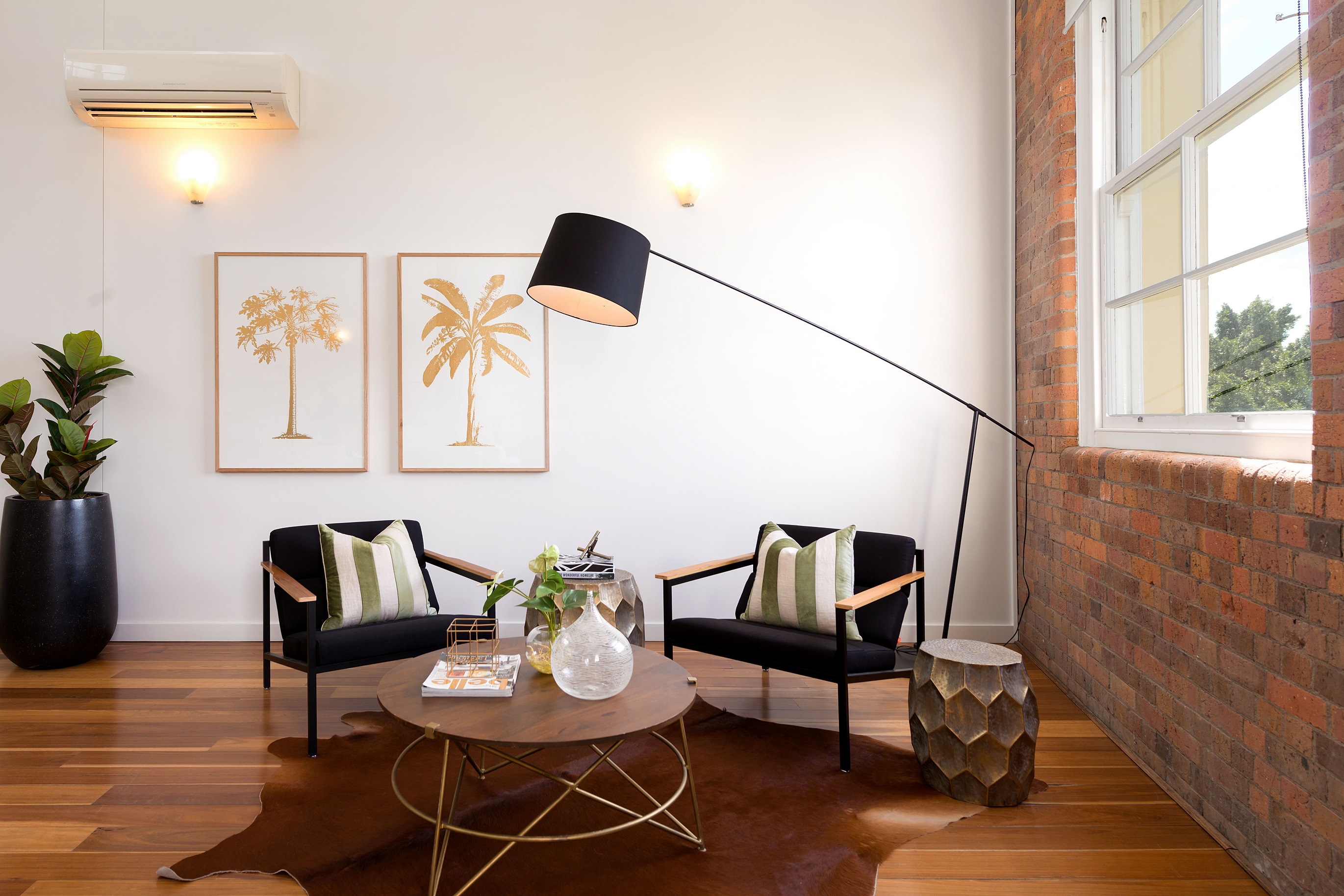Queensland is defying massive falls among southern states to post the highest growth in housing starts in the country, latest data shows.Latest Australian Bureau of Statistics data showed Queensland defied a massive national fall of 11.7 per cent, with the Sunshine State posting growth of 3 per cent in the September 2019 quarter.
South Australia was the only other state able to stay in positive territory (1.9 per cent), with major collapses across New South Wales (-19.5 per cent), the Northern Territory (-18.5 per cent), Western Australia (-14.8 per cent), Victoria (-9.7 per cent), Tasmania (-4.6 per cent, and the Australian Capital Territory (-3.1 per cent).
Housing Industry Association senior economist. Geordan Murray said the figures were off a lower base compared to the other two big east coast markets (NSW and Victoria), but Queensland had turned the corner.

Brisbane has begun the turnaround when it comes to housing commencements.
“Queensland’s home building market has been underperforming over the last few quarters,” he said.
“A big part of the fluctuation we’re seeing (down south) is being determined by variations in apartment market, The Brisbane apartment market peaked quite a bit earlier. Sydney and Melbourne are still in retreat whereas Brisbane and the southeast corner – including the Gold and Sunshine Coast markets – peaked several years ago and have reached the bottom of the cycle already, so we are seeing some modest improvements.”
He said “some of the headwinds that the housing market faced over the last few years have dissipated”.

Sydney and Melbourne apartment markets are still in retreat. Picture: John Appleyard
“Many of the new homes where on-site building work commenced during the September quarter are likely to have been purchased during the first quarter of 2019, when confidence in the housing market had dropped to the lowest ebb of the cycle.
“On-site building work on a new home typically starts several months after a block of land has been purchased and a builder engaged. The lag can be even longer for new apartments purchased off the plan.”
Nationally, dwelling commencements in the September quarter fell 11.7 per cent over the June quarter and was down by 27.2 per cent compared with a year earlier.
One of the Big Four banks, the Commonwealth Bank, expected that the fall in housing starts was yet to run its course.
“The drop in commencements is consistent with our view that the decline in dwelling investment has further to run. Our forecasts have dwelling investment bottoming out around the middle of this year.”It said the decline in building approvals was bottoming out, house prices were rising strongly since mid 2019, rates were “very low” and population growth was strong.“These factors support demand for housing,” the CBA Economics paper said.




